

Amid its stupendous growth and multibillion-dollar projects that crowd its skyline, a quiet revolution is taking place in Dubai.
The emirate is firmly moving towards a “green revolution” in construction and has become the global hub for design and for the tall building concept.
This was amply proved by a recent congress held in Dubai, which reinforced the emirate’s eminent standing in the construction world.
The cream of the architectural and design segment descended on Dubai last month to attend the Congress on the Council for Tall Buildings and Urban Habitat (CTBUH). However, what was perhaps more significant was the fact that the congress highlighted Dubai’s new emerging role as a pioneer in the sustainability segment in the region.
Hence, October 24, 2007, is likely to go down as a major milestone in Dubai’s construction annals. It was the day Dubai’s Ruler Sheikh Mohammed bin Rashid Al Maktoum issued a new order, implementing green building specifications and standards in the emirate, thus making it the first in the Middle East to adopt such specifications. The aim is to turn Dubai into a healthy, pollution-free and sustainable city. The decision is likely to have an important bearing on how buildings in the emirate and the region shape up in the future.
“Going forward, Dubai has to use energy more efficiently. There seems to be no doubt in anyone’s mind that better energy conservation is a key initiative going forward for Dubai,” Sheikh Mohammed said.
Dubai seems to have it all – in the league of the “firsts”, the “tallest” and the “largest” and the emirate’s excellent marketing of itself means that the world is aware of its awe-inspiring growth.
With this new initiative Dubai has indicated its commitment not only to growth but to long-term sustainability and environmental responsibility. Already, the emirate’s major developers have launched “green initiatives” – for example, Nakheel, one of the world’s largest privately-held property developers, has unveiled Blue Communities, a Dh200 million ($54.4 million) initiative to develop sustainable coastal projects in the next three years.
Developers in Dubai are now bound by law to look at the economic sustainability of buildings in the emirate, where hitherto little attention was paid to issues such as energy consumption. Also, with the newly-revised electricity tariffs, owners and tenants now find they have to pay higher electricity bills.
In line with the new direction the market is likely to take, the industry is gearing up to meet the “green” demands of the region. For example, Atkins’ team of sustainability experts, architects and LEED accredited professionals – led by architect Ronak Gawarwala – has set up a solar panel test rig in Dubai to measure a variety of climatic factors such as extreme temperatures, humidity, dust collection and wind speeds, which cannot be assembled simultaneously via practical lab tests or theoretical satellite readings.
“We believe this is the first research of its kind in the region,” says Gawarwala. “The Middle East currently lacks verifiable data on how solar panels of different technologies perform in this climate under different orientations and cleaning regimes.”
Construction boom
Dubai is in the midst of a remarkably long spell of a construction boom, witnessing a proliferation of projects in almost every sphere – hospitality, exhibition space, aviation, residential, commercial and transport – and detailing even the top 50 projects would just be skimming the surface of work under way.
It can safely be asserted that, in the short to medium term, there will be no dearth of new projects in Dubai, which continues to see new launches practically every month. Among the massive projects announced this year is Nakheel’s The Universe, a unique new cluster of artificial islands in the shape of the Sun, Moon and planets (see separate article), as well as the Dh55 billion ($14.9 billion) Mudon Cities project proposed by Dubai Properties’ Cities development which aims to provide housing for 45,000 people, among a host of other projects.
The Mudon Cities – a Dubai Properties’ development to be launched to retail buyers later this year – aims to create an integrated residential and commercial development providing housing for 45,000 people. It has been designed in five districts reflecting the architecture of Baghdad, Beirut, Cairo, Damascus and Marrakech. Mudon will cover 680 hectares near the Bawadi development in Dubailand. It has five community centres, 3,700 villas, 10 hotels and, 26 lakes. There will also be an 18-hole championship golf course. Work is to be completed in 2012.
Among the major mixed-use towers that are expected to get off the ground this year is the Burj Al-Alam tower. At 501 m (a height which could be extended), the 108-storey tower will be the second-tallest in the emirate after the Burj Dubai, the world’s tallest tower. The mixed-use tower incorporates a shopping mall, offices and a hotel. The local Arabtec is reported to be the front-runner for the Dh2.9 billion ($800 million) main construction contract on the tower in Business Bay.
Dubai has several other super-tall towers planned. Most significant is Nakheel’s Al-Burj, which is expected to eventually replace the Burj Dubai as the world’s tallest building. In Dubai Marina, three super-tall residential towers are being planned. The Pentominium will be 516 m in height, Marina 101 will be 423 m and the Princess Tower will reach 417 m. An award for the construction of Marina 101 is understood to be imminent.
The frenetic pace of construction, however, has meant that Dubai is groaning under the pains of its meteoric growth, with traffic congestion and rising costs beginning to take their toll on the marketability of the emirate. There is a chronic shortage of resources – developers are facing a shortage of contracting capacity while contractors are having difficulty sourcing labour and materials. The result is soaring materials costs and wages, and in turn delays. The price of steel has risen from Dh2,250 in the last quarter of 2006 to Dh2,688 in the corresponding period last year, according to Dubai Municipality figures (see table). Since early this year, it is reported to have surged by some 30 per cent to Dh3,155 last month, according to news reports. Cement prices have risen from Dh330-Dh350 to Dh395-Dh405, in 2007.
Early this year, it was estimated that about 40 per cent of the current Dh1.5 trillion ($400 billion) worth of real-estate projects in Dubai have been “temporarily suspended” due to the default in payment for building materials. The projects temporarily suspended have been valued at Dh587.7 billion ($160 billion), according to reports.
The price rises and shortages of cement is affecting UAE suppliers of ready-mix concrete, who are also reported to be struggling to keep up with demand with the risk that construction projects may be delayed further. One readymix concrete manufacturer indicated that its daily concrete production had dropped to 40 per cent of capacity recently and was likely to slide further.
“Many in the market know that contractors are keen to finish their projects on time and they would pay what the supplier wants, so they are trying to maximise their profit margin,” says an industry source.
The UAE, however, is taking action to improve the state of the market. It will soon lift customs duties on cement and steel. The move comes after Sheikh Mohammed issued a decree ordering a temporary lifting of the levies in the emirate to control rising costs for building materials.
The decision is aimed at stabilising the real estate market and the construction boom and to reduce the burdens of contractors, say officials.
The Burj Dubai – symbolic of Dubai and its ambitions – is also representative of the joys and woes faced by the construction industry over the past year. The world’s tallest skyscraper – whose final height is still a secret – will take at least four months longer than planned to finish. Its opening was planned for the end of this year.
The landmark tower epitomises the can-do spirit that has led to Dubai’s emergence as a thriving global city, according to Mohamed Ali Alabbar, chairman of Emaar Properties, the developer.
However, this iconic tower has not been immune to the trials faced by the UAE’s construction industry. Some 35,000 construction workers engaged on the $20 billion Burj Dubai development protested for 10 days in November over wages.
South Asian labour, mainly from India, forms the backbone of the construction industry in Dubai, and the emirate seems to be losing some of its lustre in this contracting segment as the UAE dirham is pegged to the tumbling US dollar. In the managerial cadre, employers are being forced to offer huge pay rises to retain staff and lucrative packages to attract fresh talent.
Transport infrastructure
To address the pressing traffic congestion problem, Dubai has already set in motion the $6.3 billion Dubai Metro project and has recently announced a $22 billion facelift to its transport infrastructure, which includes a range of road, rail and marine projects to be completed by 2020. The Rail Agency of the Dubai Roads and Transport Authority (RTA) will construct a total 318 km of metro network and 270 km of tram network by 2020, both of which will be linked to other modes of public transport, including buses, water transport and taxis.
The plan allocates $12 billion for new roads, $2.5 billion each for marine transport and tram systems, and $600 million for new buses, apart from the $6.3 billion for the Dubai Metro (see separate article).
To ease the traffic situation and meet the needs of the new property developments in Dubai, the RTA will also build the Sixth Crossing across Dubai Creek, which will feature the world’s longest arch bridge. The bridge, to be built at a cost of $817 million, will link Al Jadaf in Bur Dubai to the developments of the Lagoons and Festival City. It will be able to carry more than 20,000 vehicles per hour in each direction (see separate article).
“The sixth crossing is one of the biggest projects ever handled by RTA to address new property developments in the city. We are always trying to identify areas with a potential capacity problem as part of our strategies,” Mattar Al Tayer, executive director and board chairman of RTA, said.
Meanwhile, the New Al Garhoud Bridge over the Dubai Creek was opened last month easing the traffic flow between Bur Dubai and Deira. The bridge has 14 lanes and was completed in a record 24 months. More than 2,000 workers were involved in its construction.
Airport
With in-bound tourism to the UAE projected to grow at an average 7.2 per cent annually, Dubai has embarked on a massive expansion of its airport infrastructure. Currently taking shape is a huge aviation hub, called the Dubai World Central (DWC), which will be a 140 sq km multi-phase urban aviation community centred around the world’s largest international airport. Being built 40 km from the existing Dubai International Airport, the project is almost twice the size of Hong Kong Island. DWC creates a new benchmark in urban planning and destination living designed to support Dubai’s aviation, tourism, commercial and logistics requirements until 2050 and represents one of the most important developments in the history of the UAE (see separate report).
Meanwhile, work continues on the expansion at Dubai International Airport aimed at providing additional facilities to accommodate over 43 million passengers a year. As part of the expansion, new facilities dedicated exclusively to Emirates airline including Terminal 3 and the concourse 2 are being built. Dubai International Airport currently has a capacity of 22 million passengers and according to forecasts, the airport will handle 70 million passengers per year by 2016 and 100 million per year by 2025.
Real estate
The real estate market in Dubai can broadly be categorised into residential, commercial and retail, with supply-demand market impacting each of them:
In the residential sector, real estate prices scaled a new height when Emaar sold flats at the Burj Dubai at just under $3,000 per sq ft.
“The difficulty in the residential market has been of supply, due to the delays in the supply pipeline, in the delivery of residential stock,” said Nicholas Maclean, managing director – Middle East Region, CB Richard Ellis, echoing an oft-repeated view. However, according to him, these very delays mean that a sizeable amount of residential stock will be delivered to the market in the next two to three years. “We think that the total supply of new residential stock will be 170,000 units from 2008 to 2010.”
Stating a similar view, Standard Chartered Bank has said in a report that Dubai’s real estate market has faced years of undersupply due to population growth and project delays. “Residential demand has not been fully met by supply, because of higher-than-expected population growth, and because the supply side has been unable to deliver the planned units,” said Philippe Dauba-Pantanacce, senior economist at Standard Chartered.
New demand for residential units is estimated at around 70,000 a year, but the supply is only 57,000 units, with insiders suggesting that only a third of the residential units planned for 2007 have been delivered, the Standard Chartered report said.
Seconding this view that demand will outstrip supply, Maclean pointed out: “On the demand side, if we note the immigration figure of around 300,000 people a year, then that translates at the minimal level for a demand for 70,000 units per annum for new housing. And at the rate of the projected supply rate of 170,000 units from 2008 to 2010, supply will not be able to keep pace with the demand.”
The obvious result of this of course would be the continued rise in property prices. The persistence of labour shortages, rising raw materials prices, and the mandatory adoption of green building codes, health and life insurance are among the other factors that will be pushing up prices further.
However, real estate firm Colliers International expresses a different opinion in its latest Dubai Real Estate Overview report, at least when it comes to rents. “The significant residential product that is to be delivered in the next 24 months should curtail rising rents due to market forces,” says its latest forecast.
In the freehold market, Colliers continues to see an overwhelming focus on the development of high-end product with little attention paid to the low and middle-income segments. “The implications of an oversupply in the high-end residential segment may assume a top-down nature, and give rise to a market-wide relaxation of lease terms that are currently heavily weighted in favour of landlords.”
In the commercial sector, there remains an acute imbalance between supply and demand in Dubai’s property market and this has substantially pushed up the level of rents in the last couple of years.
Office space in Dubai is set to grow by 250 per cent within three years to 110 million sq ft, according to Maclean. However, he indicated that only a limited portion of new supply will meet the needs of multinational companies as not all buildings under construction meet international office space standards.
The present stock of commercial office space, says Maclean, is 32 million sq ft, while 80 million sq ft of additional space will be on offer between 2008 and 2011 in the office market segment. “Besides pushing up prices, the acute imbalance has also affected the quality of the commercial stock that is being delivered at the moment in the market place, though this is just a temporary phase,” he said.
Commenting on the strong demand for commercial units, Mohammed Al Zarah, vice president of Great Properties, said: “We believe that the boom in the real estate sector, particularly in commercial real estate, will continue at least through 2009. The major commercial developments, such as Business Bay, have included extensive infrastructure development as part of the design for the project, and these are being designed right from the projects’ conception to attract international and global businesses to set up their headquarters and offices.”
“The growth rate is currently increasing at between 15 and 35 per cent, a figure which is continually rising due to the strong investment environment, the flexibility of banks in providing property loans, and the legislation and legal frameworks,” he continued.
With supply falling short of demand, rent increases have been consistently strong in 2007 with Dubai office rentals showing an increase of 55 per cent on an average over the past year.
“We expect commercial office rents to remain high throughout 2008 mainly due to construction delays. However, by 2009, a significant amount of new supply will reach the market, which will address this strong demand and ease rental increases going forward,” commented John Allen, director research valuation and consultancy at Asteco.
Asteco believes that confidence among investors and end-users to lease commercial premises will strengthen next year. “Although we anticipate that the number of new projects being announced will decrease due to higher costs being passed on to developers, we will see more companies setting up in Dubai because of continued economic growth, new government initiatives and direct foreign investment.”
Meanwhile, with one of the highest consumer spending per sq ft in the world, Dubai is comfortably perched as one of the world’s most attractive retail markets. Growth in population and an increase in tourist inflow have led to the demand for all types of retail space. In fact, another 4.25 million sq m of retail space will be developed in the next two to three years, according to Maclean.
The emirate’s gross leasable area (GLA) now accounts for 17 per cent of the GCC total, a figure that is expected to double to 34 per cent by 2010. According to figures published by Colliers International, the Mall of Emirates with a GLA of 223,000 sq m is currently the largest shopping centre in the GCC, while the Mall of Arabia (Phase I) in the heart of Dubailand will have a GLA of more than 400,000 sq m when it opens in 2010. Dubai Festival City currently features an estimated GLA of 195,000 sq m (with 58,000 sq m under construction), and the Dubai Mall is expected to cover around 344,000 sq m of GLA.
Another mega shopping destination is the Dubai Mall, Emaar Malls’ flagship project with more than 1,200 retail outlets. It will include the world’s largest aquarium, along with the world’s largest indoor gold suq among a host of other retail and entertainment facilities. Also under construction is the Dubai Marina Mall, scheduled to open in mid-2008. Located within the vibrant Dubai Marina community, the complex will have 160 stores, with 390,000 sq ft of GLA. One of the highlights of the Marina Mall is the seven-storey gourmet tower dedicated to world cuisine.
Nakheel is also reported to be considering a substantial expansion to Ibn Battuta Mall, as well as a large regional mall and entertainment centre for The Palm Deira and a shopping centre in Palm Jumeirah.



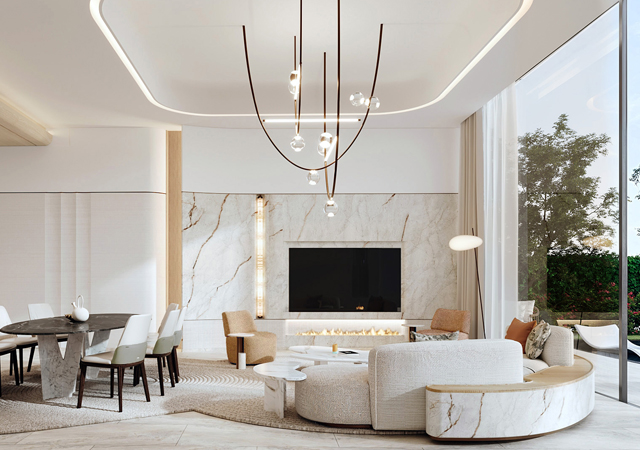
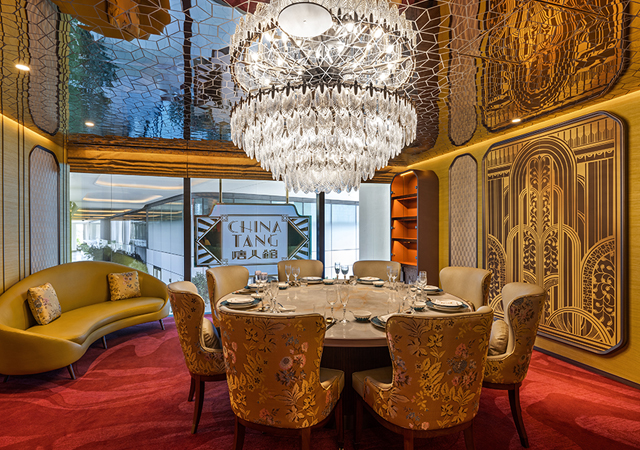
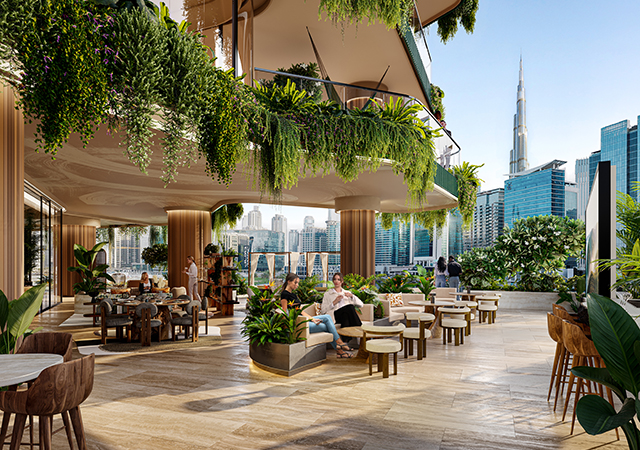
.jpg)
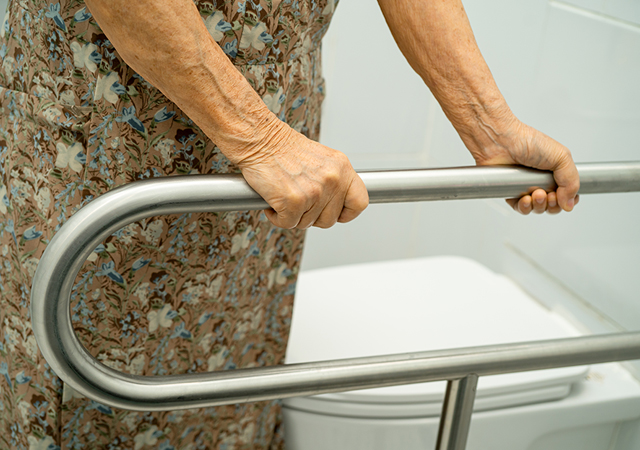

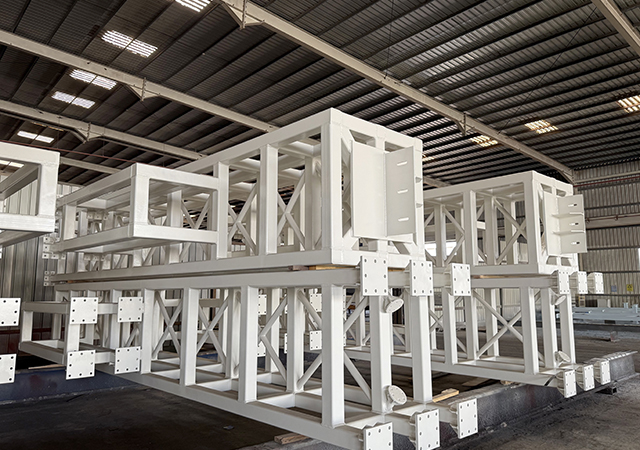




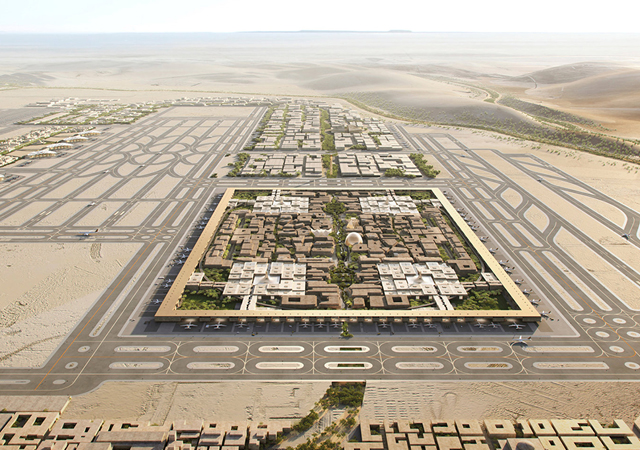
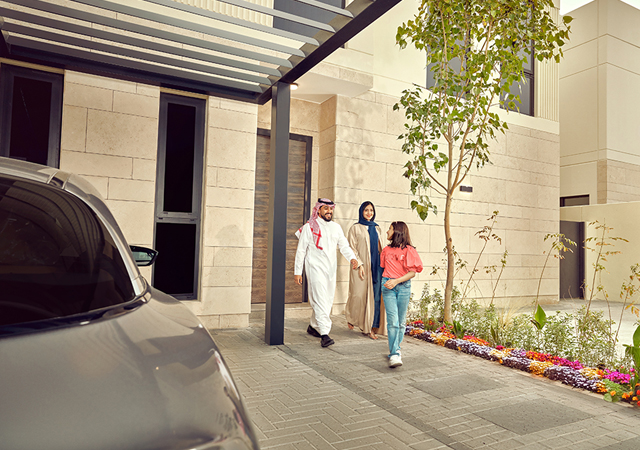
.jpg)
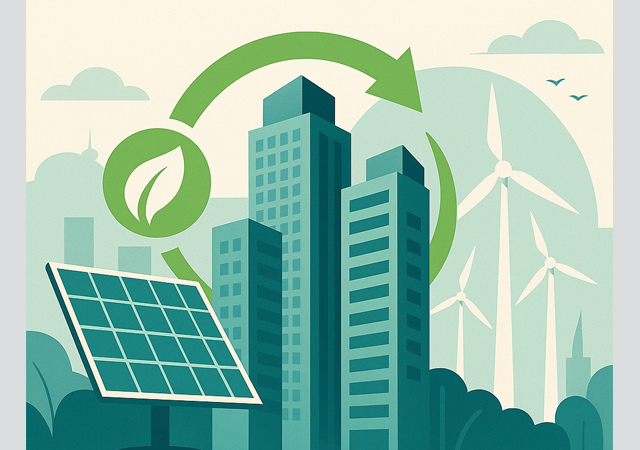



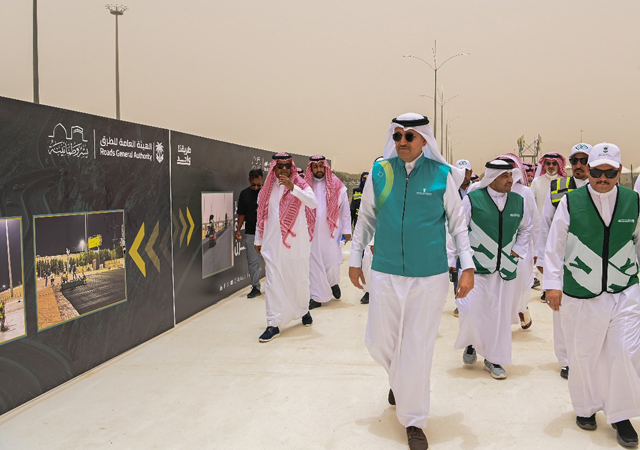

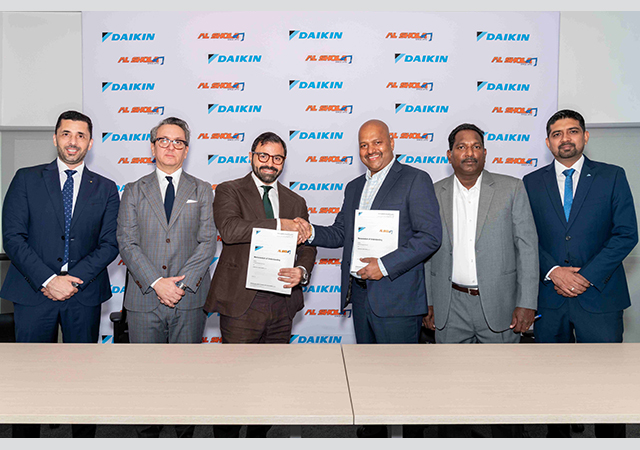

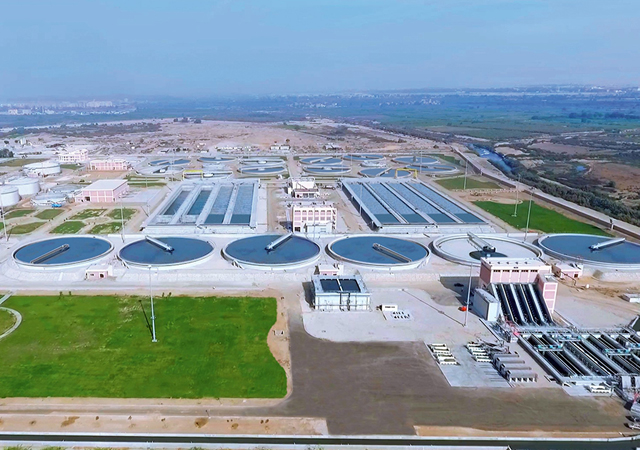
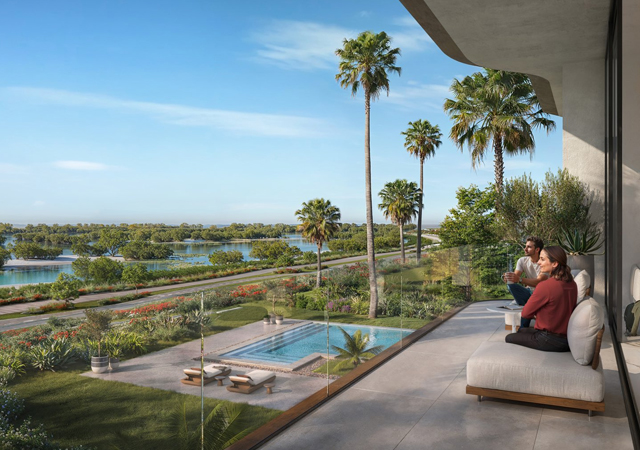
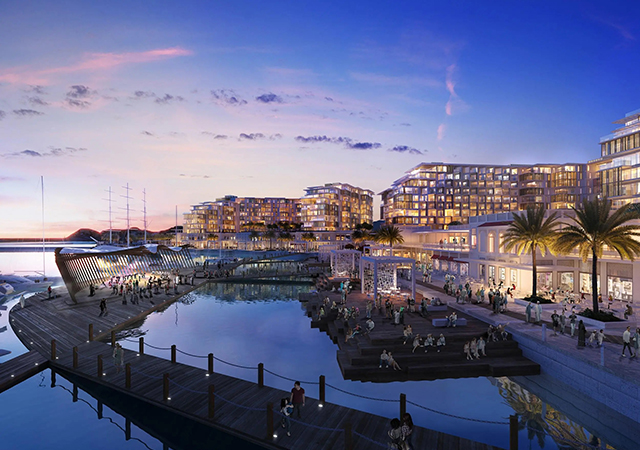

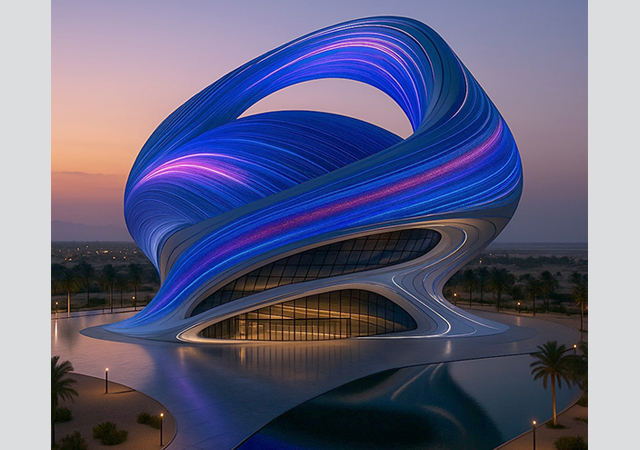

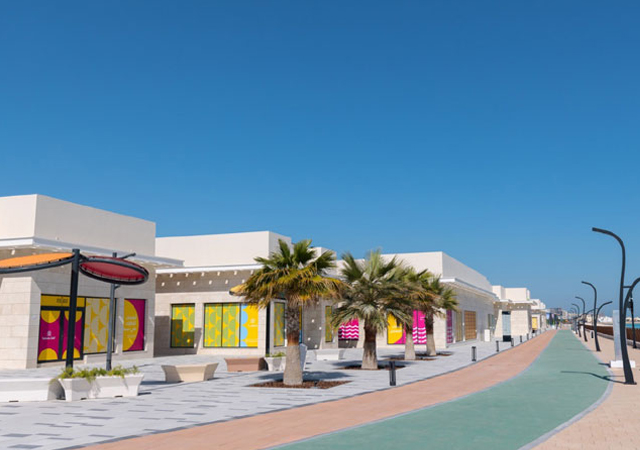

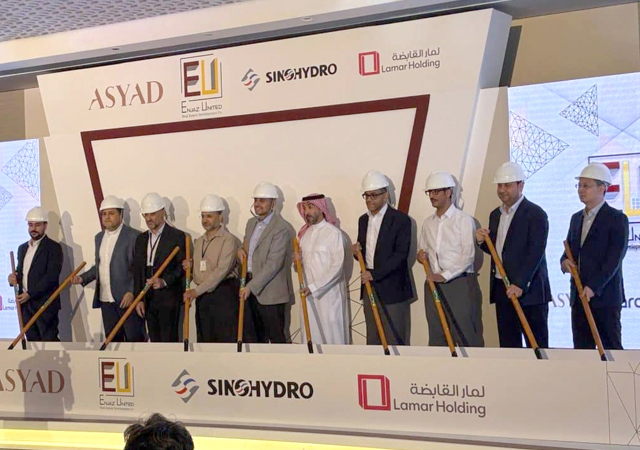
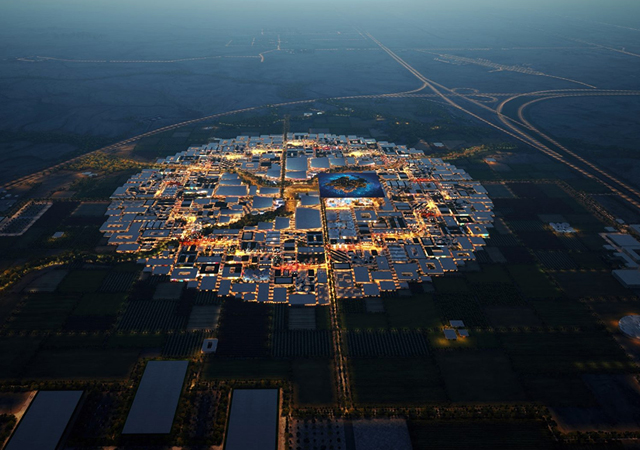
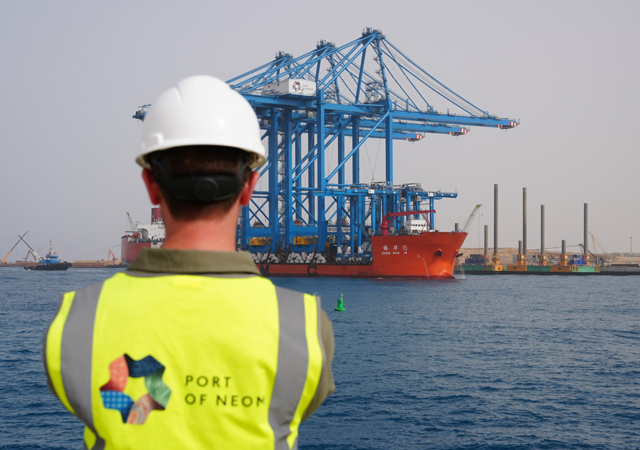
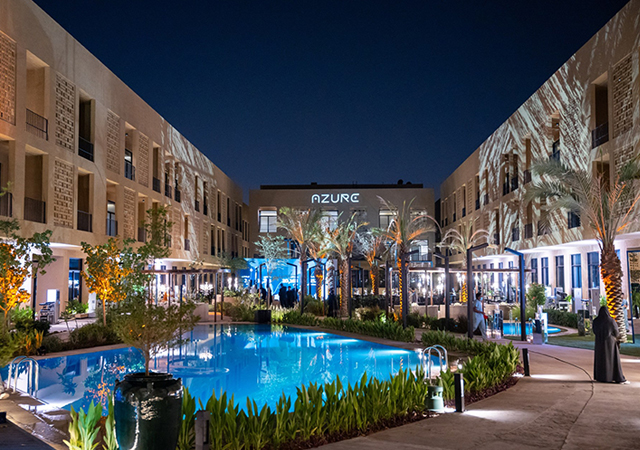
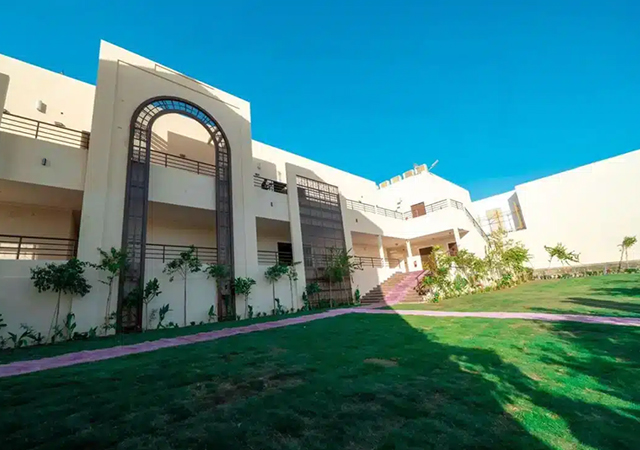


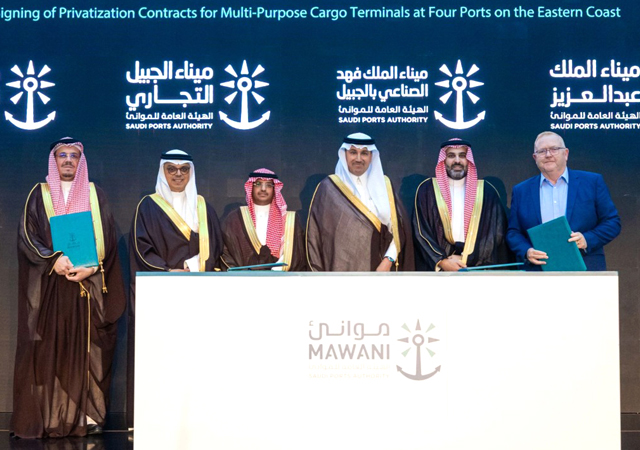
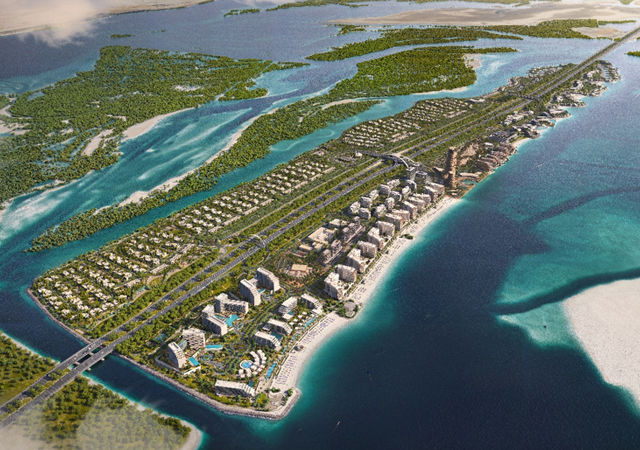

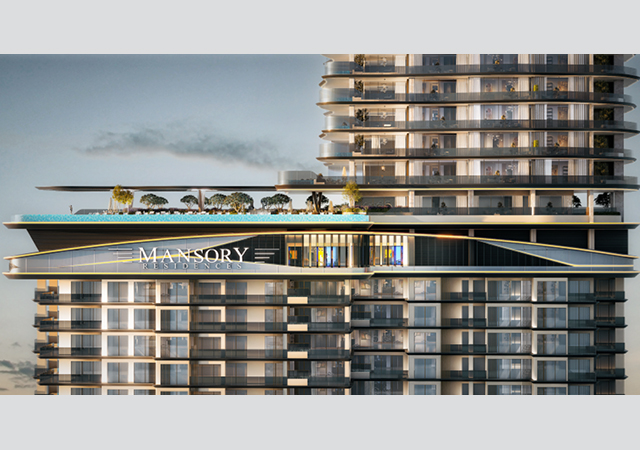
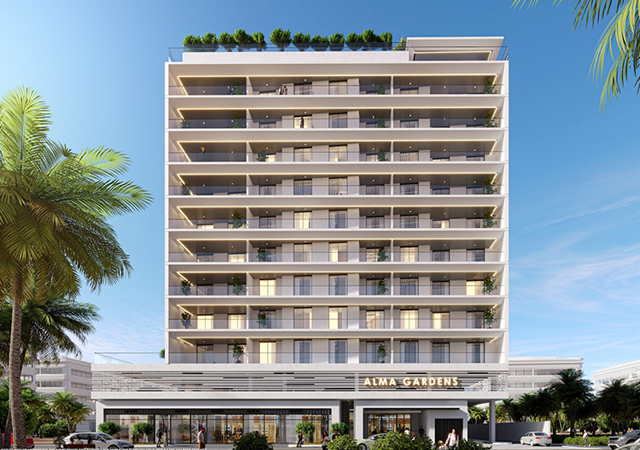

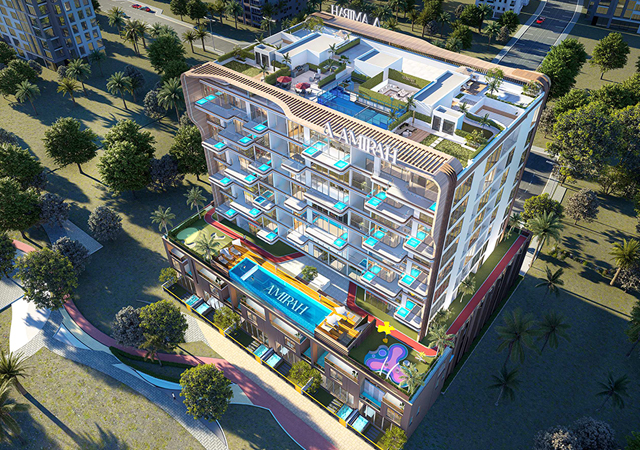
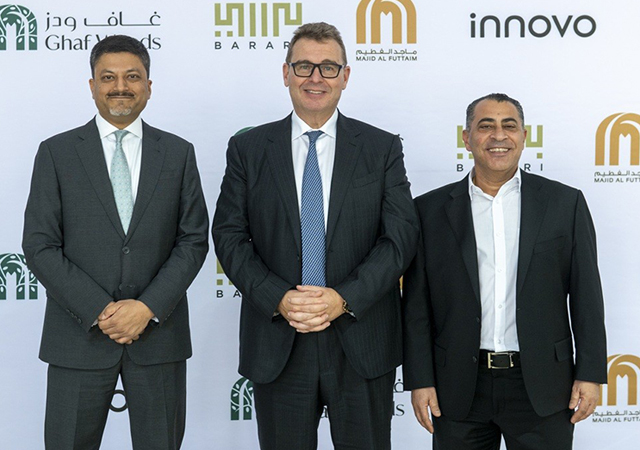
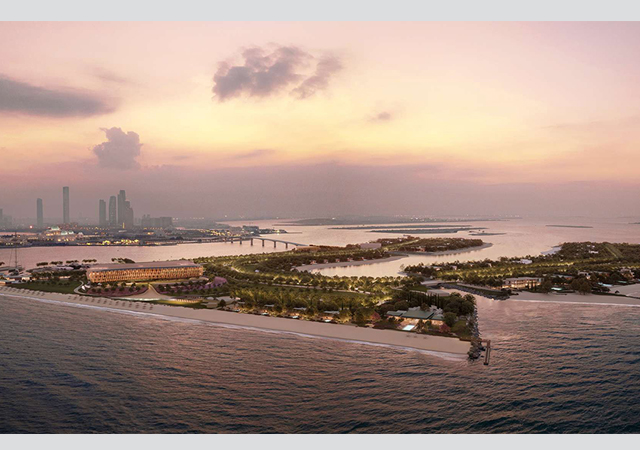
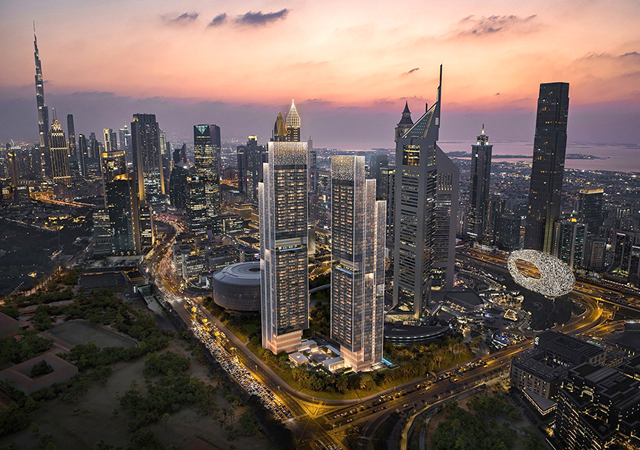
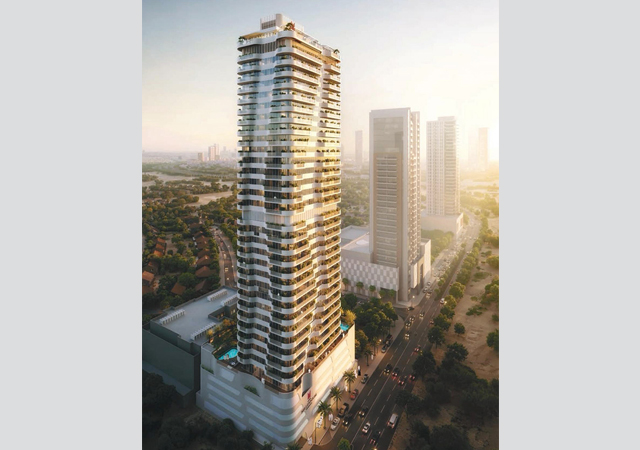
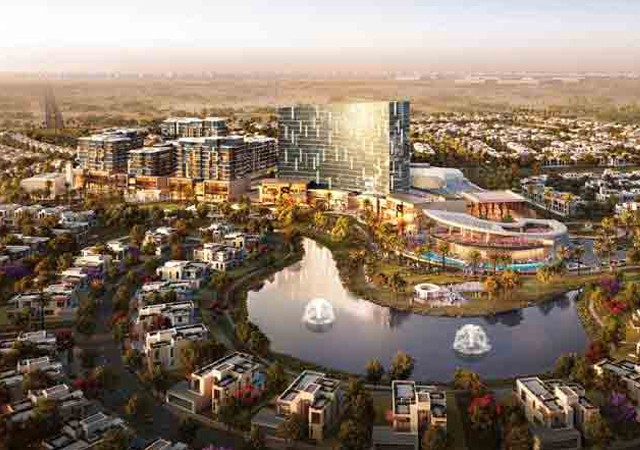
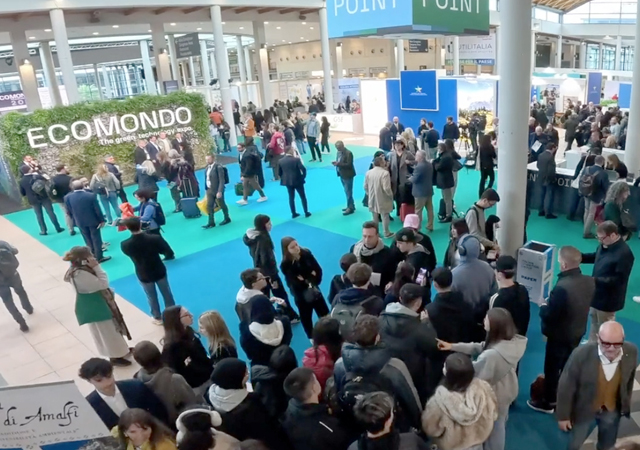
.jpg)












